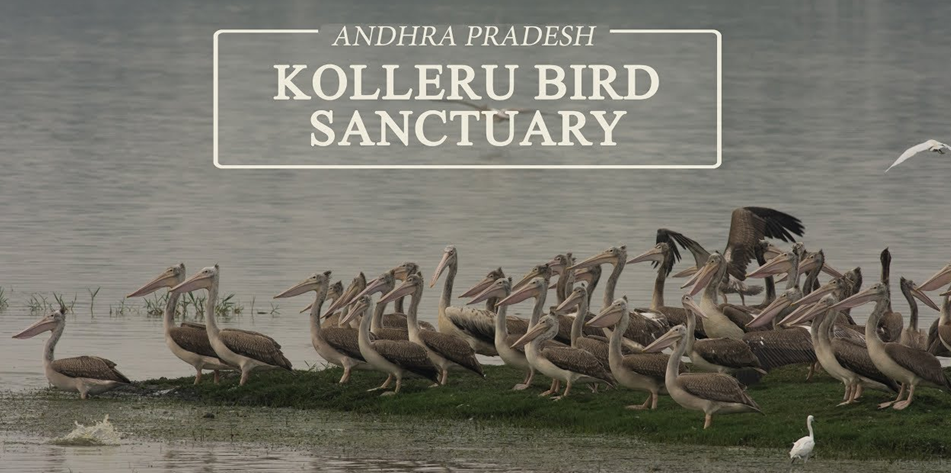Free Courses Sale ends Soon, Get It Now


Free Courses Sale ends Soon, Get It Now



Context: The Andhra Pradesh Forest Department's Wildlife Division is taking steps to prepare an inventory of land use and activities adjacent to the Kolleru Wildlife Sanctuary to declare it an eco-sensitive zone (ESZ).
About Kolleru Wildlife Sanctuary
Must Read Articles:
Eco-Sensitive Zone: https://www.iasgyan.in/daily-current-affairs/eco-sensitive-zone#:~:text=What%20are%20ESZs%3F,85%20ESZs%20are%20awaiting%20notification.
BIRD SANCTUARIES IN INDIA: https://www.iasgyan.in/blogs/bird-sanctuaries-in-india
|
PRACTICE QUESTION Q. How do Eco-Sensitive Zones contribute to the protection and preservation of the environment, and what specific measures are in place to minimize the impact of human activities on fragile ecosystems within these zones? |
© 2024 iasgyan. All right reserved